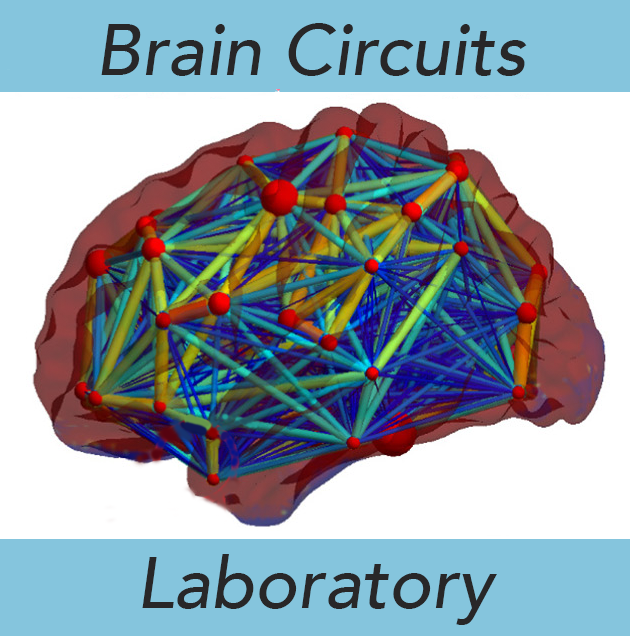Taboo words (i.e., “expletives,” “curse words,” “obscenities,” “swear words,” “profanity,” etc.) are an evocative subset of the lexicon that are highly context-contingent. They are often, though not always, used at the extreme ends of the valence spectrum to convey highly negative (“f*** you!”) or positive (“f*** yes!”) affect. Relatedly, they are frequently expressed during moments of high affective arousal; however, they may also be used in moments of low arousal, e.g., as fillers. Their tabooness originates from their literal meanings (reference to body parts, sexual acts, religiosity, etc.), yet their use in context is more often abstract. It has been previously shown that these factors (valence, arousal, concreteness) play a fundamental role in differentiating taboo word use from that of other words.
We have found that brain activity in core affective regions associated with cognitive processing of these factors (e.g., amygdala, cingulate cortex, insula, prefrontal cortex, precuneus, cerebellum) is modulated by the perception of taboo words. It remains unknown, however, whether contextually dependent usage results in functional anatomical differences in taboo word processing. It could be that taboo word perception is neurobiologically consistent regardless of context, or it could instead be that taboo words perceived in different contexts are distinctly processed in the brain. We propose a middle ground, that core affective regions activated during taboo word processing will show differential connectivity with other regions depending on context. For example, we anticipate that more concrete use-cases will demonstrate functional connectivity with sensorimotor regions, while more abstract usages will be functionally connected with regions associated with supramodal processing, e.g., theory of mind.
